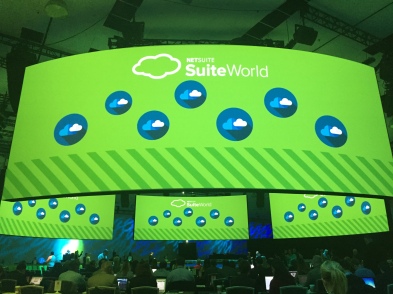LL Bean, a privately owned outdoor clothing and equipment company, has always prided itself not only in well crafted products but in having extremely generous policies when it comes to exchanges. The Maine based retailer had a “no questions” asked return policy…. with no time limits. Bought a pair of their outdoor boots in 1983, you can exchange them today. This was a brilliant policy of the company. It demonstrates outrageous customer care, no worries about receipts or time constraints. It implicitly told the market that they were confident in their product. That LL Bean was confident that the design, workmanship and supply chain was robust to create products that would last. Hopefully the vast majority of customers would never need to return their items!
Unfortunately, it appears that this policy might no longer be feasible, read article here. Why? LL Bean, similar to a plethora of other retailers are undergoing a change when it comes to how they manage their business. With their business faces a number of daunting headwinds, LL Bean is trying to find ways to keep their employees happy, continue to produce quality merchandise and compete in an ever chaotic world. But for a company that was a pioneer in focusing on the customer, it would be ashamed to see them cut the very service that more retailers are starting to slowly come around to.
Is this move also an indication of a greater issue that will grow in the retail supply chain? That of returns and reverse logistics? Retailers from LL Bean to Walmart have a growing area they must focus on – what happens to product post sale. By some estimates up to 12% of retail inventory is in the returns channel at any moment, for pure play eCommerce retailers that number might be as high as 50%.[1] That represents a tremendous opportunity and challenge for retailers. They have to plan for possibly having to re-slot some of this inventory, inspect and possibly refurbish product, and then possibly having to discount the product if it comes back too late in a season. I have seen some examples of retailers not even wanting a customer to return the item, they just refund the price and tell them to keep it. Costs too much to re-slot. It is also an opportunity. Can retailers become more sophisticated with their returns channels? Actually reallocated that inventory dynamically to go to other consumers rather than back to a distribution center? Can the returns channel as a whole become a discount/outlet styled extension for the retailers? Have the inventory in the returns channel create an after market for goods. Rather than taking them back into their normal supply chain, allow the purchase of this inventory to take place in a secondary market.
This future state for retail is possible but starts with greater visibility into the overall network, a network that must extend beyond the customer purchase. But retailer networks need to catch up, otherwise we will see more retailers putting a handbrake on customer service levels like LL Bean is rumored to be contemplating. That would be unfortunate.
[1] According to UPS presentation at RILA 2017.


